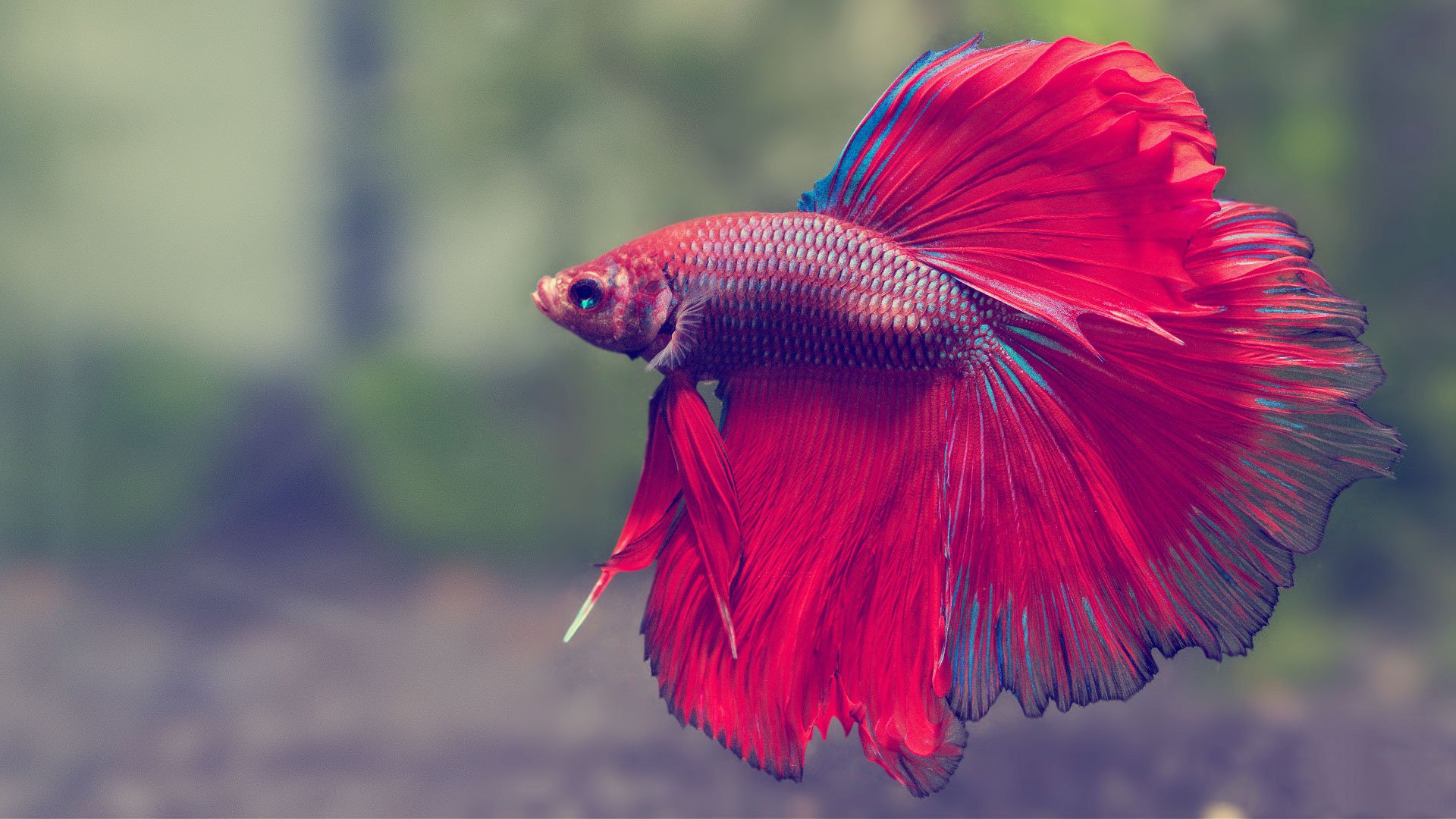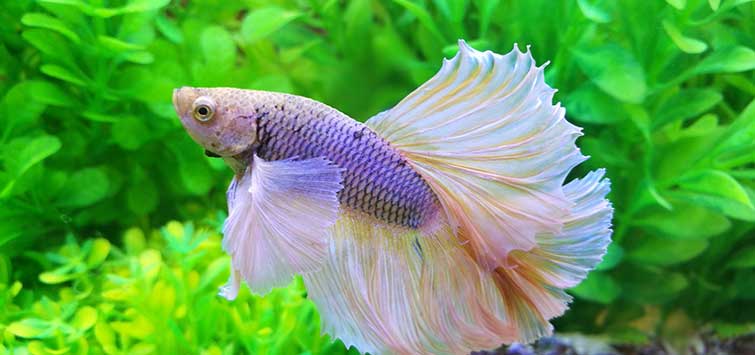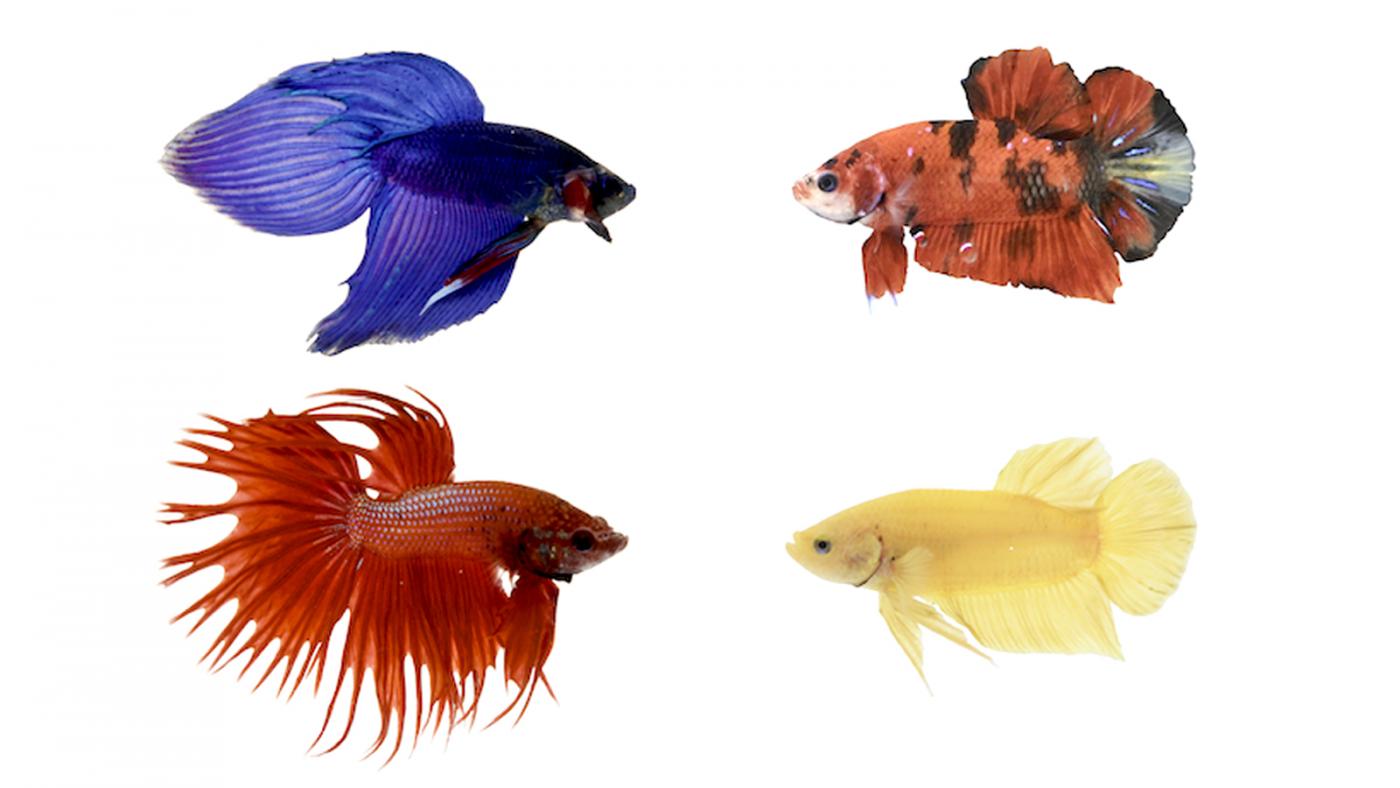Betta Fish Tank Arrangement: A Step-by-Step Guide for Beginners
Betta Fish Tank Arrangement: A Step-by-Step Guide for Beginners
Blog Article
Breeding Betta Fish: a Comprehensive Step-By-Step Guide to Successfully Raising Baby Bettas From Eggs to Their Adult Years
Reproducing Betta fish is a meticulous venture that requires mindful planning and execution to guarantee the effective development of fry from eggs to grow fish. Selecting genetically varied breeding pairs with desirable qualities is only the beginning; developing an optimum setting and recognizing the intricacies of the reproducing procedure are just as important. As the male Betta diligently constructs a bubble nest and guards the priceless eggs, the subsequent stages of care and transition demand attention to detail and understanding of best techniques. How does one browse the difficult yet rewarding path of supporting these dynamic animals to their adult years?

Picking Breeding Pairs
When starting the trip of reproducing Betta fish, selecting the right reproduction pairs is critical to accomplishing desirable traits and a healthy and balanced family tree - betta fish. The primary step in this procedure is to determine the details qualities you desire to enhance or maintain, such as shade, fin kind, and physique. It is essential to choose genetically varied pairs to prevent inbreeding, which can cause health and wellness issues and unwanted qualities
Review prospective breeding prospects meticulously. A healthy male Betta should exhibit dynamic shades, an energetic disposition, and well-formed fins, while the lady must additionally present vivid coloration and a rounded stubborn belly, suggesting preparedness for spawning. Observing the personality of both fish is vital, as hostile or overly reluctant individuals may not breed effectively.
Documentation of family tree is equally crucial. Maintaining records of the moms and dad fish's ancestry can assist you track genetic characteristics and potential issues. Additionally, speak with reliable dog breeders or on the internet resources for guidance on selecting suitable sets. Inevitably, spending time in the option process will substantially improve the chance of producing solid, vibrant spawn that satisfy your breeding goals (betta fish).

Preparing the Reproduction Tank
Developing an optimal breeding setting is a key step after picking ideal sets for Betta fish. The reproduction storage tank ought to be specifically designed to give convenience and stimulate the all-natural breeding habits of the fish. Start with a container size of a minimum of 10 gallons to guarantee sufficient room for both the male and women Bettas.
Keep a gentle filtering system to keep the water tidy while preventing strong currents that can worry the fish. Furthermore, an air stone can be contributed to provide oxygenation without interfering with the water surface excessive.
Temperature policy is critical; aim for a secure series of 78-82 ° F(25-28 ° C) using a dependable heating system. The pH level need to be kept in between 6.5 and 7.5, and normal water modifications are essential to make sure high water top quality.
Include drifting plants or generating sponges to develop hiding spots for the lady, while additionally urging bubble nest building by the male - betta fish. Make certain the container is free from sharp decorations and any type of possible threats, as the well-being of the fish must always be prioritized throughout this important stage of reproduction.
The Breeding Process
Typically, the breeding process for Betta fish involves a series of unique and observable actions Resources that indicate preparedness for reproduction. The male Betta begins by building a bubble nest at the water's surface area, which acts as a site for sites the fertilized eggs. This nest is essential, as it offers a risk-free setting for the eggs up until they hatch out.
As soon as the nest is developed, the male will certainly present courtship behaviors, such as flaring his fins and exhibiting lively colors to draw in the female. The woman, upon sensing the man's readiness, will certainly respond by presenting vertical red stripes along her body, indicating her receptiveness.
When the women methods, the male involves in a mating dancing, commonly resulting in an embrace called the "spawning." Throughout this embrace, the female releases her eggs, which the male fertilizes immediately. The fed eggs after that are up to the bubble nest, where the male very carefully accumulates and returns them to the nest. Following this, the male assumes obligation for safeguarding the nest and ensuring the safety of the eggs until they hatch out, generally within 24-36 hours. This phase is vital in the reproducing process, laying the structure for effective fry growth.
Taking Care Of Betta Fry
Caring for Betta fry needs cautious attention to their environment and nutrition to make certain healthy development and advancement. After hatching out, Betta fry are incredibly small and at risk, requiring a stable and clean environment.
Feeding Betta fry is equally crucial. Initially, they must be supplied infusoria or carefully smashed top notch fry food, as their mouths are too little to take care of bigger particles. As they grow, you can gradually introduce larger foods, such as child brine shrimp or powdered flakes, to guarantee they receive adequate nourishment. Feed them tiny amounts a number of times a day, taking care not to overfeed, which can bring about water high quality problems.
Transitioning to Grownup Bettas
As Betta fry mature, transitioning them to adult Bettas is an essential stage that calls for mindful monitoring of their environment and social communications. This procedure generally starts when the fry reach around six weeks old, at which factor they can be gradually introduced to a much more organized living atmosphere.
To facilitate this shift, it is important to guarantee that the water criteria-- such as temperature level, pH, and ammonia degrees-- are optimal and stable. Grown-up Betta fish thrive in warm water (around 78-80 ° F) with a pH of 6.5 to 7.5. Slowly adapt the fry to these conditions to decrease tension.
Social interactions are an additional key aspect; male Bettas are notoriously territorial and aggressive. For that reason, it is suggested to different men into websites specific containers as they develop. Women Bettas can be housed together, but care should be taken to monitor for signs of aggressiveness.
Additionally, nutritional changes should be made as the fry expand. Incorporate high-quality pellets and live foods to sustain their development and health. By managing these factors effectively, you can advertise an effective change to adulthood for your Betta fish.

Final Thought
Effective reproduction of Betta fish requires cautious interest to information throughout the entire process, from picking genetically diverse sets to offering optimal take care of fry. By guaranteeing appropriate reproduction conditions and keeping water quality, the chance of healthy and balanced children raises dramatically. Furthermore, a well balanced diet plan and steady adaptation to grown-up environments are critical for the growth and advancement of Betta fish. Complying with these steps vigilantly promotes a thriving populace of Betta fish, enhancing both their health and vitality.
Report this page